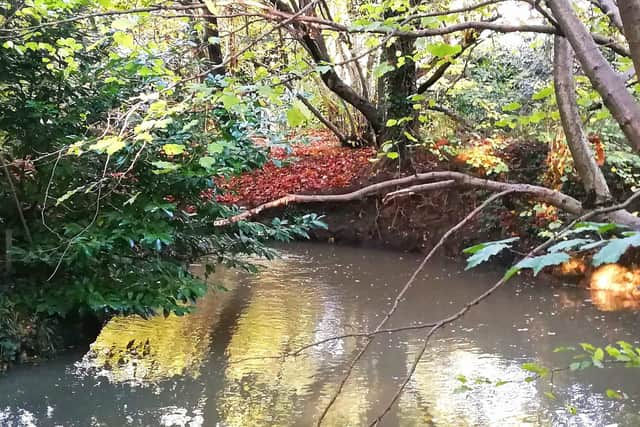Excitement over Wilder Horsham project
and live on Freeview channel 276
This is a trailblazer project for the UK and was voted for unanimously by HDC.
Mapping wildlife movement along waterways, land and in the air then filling in missing connections is the aim of this exciting new project.
Advertisement
Hide AdAdvertisement
Hide AdHenri Brocklebank, the trust’s director of conservation, told Horsham Green Spaces: “We are providing training for councillors who have a wide range of ideas, interests and knowledge. This is an incredibly positive project and already other local authorities are saying, ‘We want a recovery network, too’. With the Government’s new white paper on planning currently under review, all environmental bodies will have to work together to help our nature networks.”


She explained that Sussex is the richest habitat in Europe for bat species, and bats use hedgerows like roads! No hedgerows means bats are not able to move from one location to the next, inevitably causing their decline.
Rich Black and Chloe Harrison have been appointed to run the project, initially focusing on land around the Rivers Ouse, Adur and Arun in the south while urban development is skewed towards the north, as plans for development continue to be controversial. Although urban gardens are increasingly becoming home to hard-pressed wildlife, highly developed areas need more support to preserve large tranches of land to enable movement of larger species. This presents a great opportunity to enhance what biodiversity already exists at no cost, simply by leaving Rookwood out of current plans.
‘Blue corridors’ are a primary focus. Altering the course of straight waterways to provide natural river habitats is also a great way to slow water flow and help prevent flooding and the irreplaceable loss of soil that goes with it. (It takes a minimum of a hundred years for new soil to form so there’s no quick fix!)
Advertisement
Hide AdAdvertisement
Hide AdVeteran trees need to be mapped, but the HDC tree officer has reached capacity, and only health and safety work is being undertaken. There is little baseline data available and funds are limited, so to enable the projects to go ahead efficiently, volunteers and community groups are increasingly welcome, helping HDC by becoming local experts. “There is a strict protocol for identification and recording of species, but encouragingly, the Sussex Biodiversity Record Centre is particularly good”, said Rich.
Henri’s final message to HGS was: “Please help us to help Chloe and Rich make it all happen!”